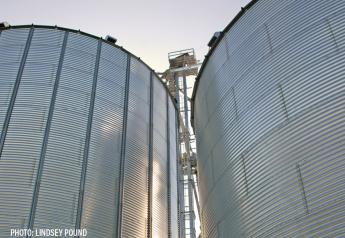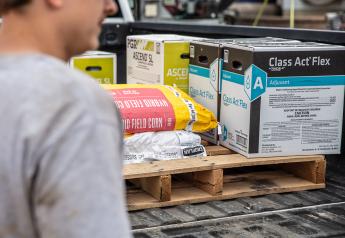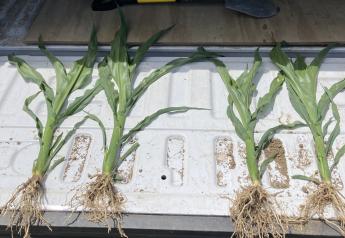10 Million More Acres. Really?

First, let me say I am not a conspiracy theorist when it comes to conjecture in the market place that USDA manipulates their numbers. I don’t believe it happens.
Sound arguments, however, can be made about the accuracy of their data. This in mind, I am left scratching my head about the statements made by the head of the World Agriculture Outlook Board yesterday at the American Farm Bureau Federation’s annual meeting in ice-covered Atlanta, Georgia.
Talk about it in the discussion forum.
Here’s a portion of the news release from AFBF:
Corn, soybean, wheat and cotton prices are at the highest levels in years which implies there will be more crop acreage in 2011, according to Gerald Bange, chairman of the Agriculture Department’s World Agricultural Outlook Board.
Strong prices and strong demand for cotton should mean more acreage will be devoted to that crop, according to Bange, but it is still uncertain what kind of increases are seen for corn and soybeans.
High prices and very low stocks for corn should mean more corn acreage in 2011, but Bange said indicators right now are actually pointing to more soybean acres.
Maybe he’s right. I don’t see it, though. First, the statement is very ambiguous, says Peter Meyer, a the agriculture products expert with JP Morgan. "By saying that planting intentions will be out in June he is implying U.S. at the least and Northern Hemisphere at the most. Strange... I must have missed that memo on a big CRP release. No worry, all that CRP land should be in good shape, just ready to go. Bange also said that he expected Bean acreage to remain static y-o-y and while he projected Corn Stocks to be low,"
So, let’s assume for a moment that Bange means worldwide acres. It’s still a boatload of acres to bring into production. I’ve been to Brazil three times. Each time I hear they can bring countless acres into production. I’ve not heard they can bring countless acres into production on a moments notice, however.
If Bange’s assumptions are correct that we’ll see more cotton acres (a very safe bet with cotton prices being the highest since the end of the Civil War), Brazilian farmers must switch land from soybean acres. The ground simply can’t grow cotton there for at least five years. That means five years of soybean production to get it into shape to grow cotton. At least that’s what I’ve been told by numerous sources in Brazil.
So, if they do take soybean ground to cotton production, where do they get the soybean production? Clearing new ground is where. If they clear ground, this, too, takes time to bring it into good-producing ground. At today’s prices, it probably makes sense to do this.







